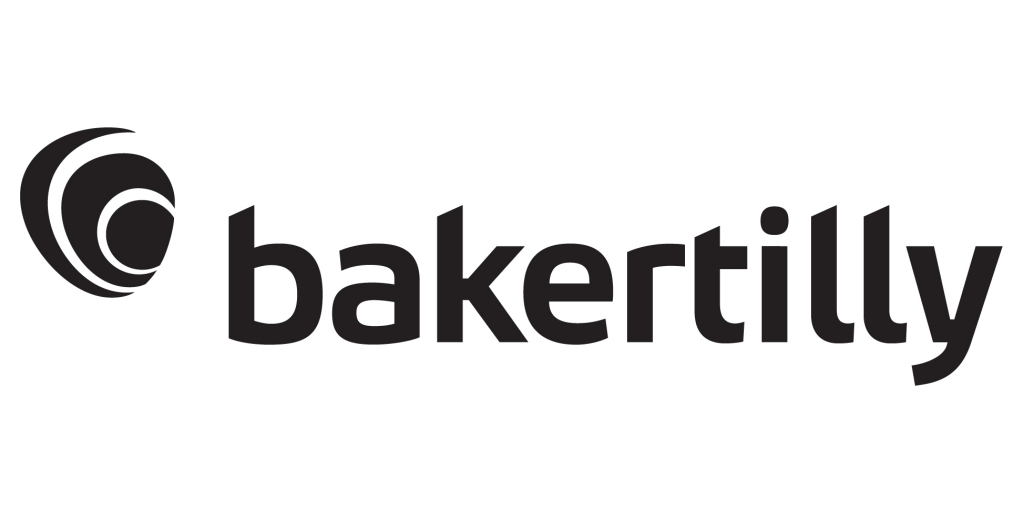Baker Tilly’s Insights on How To Leverage Generative AI Safely
Authored by Jordan Anderson
In the era of rapidly advancing artificial intelligence (AI), leveraging generative AI safely requires a thoughtful approach that considers not only its capabilities, but also the ethical, privacy and security implications.
Organizations can work to leverage generative AI safely by investing in several key practices.
Understanding new technologies
Education is foundational for any organization looking to integrate generative AI technologies safely and effectively. Ensuring that your employees, especially decision-makers, understand what generative AI is, its capabilities and its limitations will help in setting realistic expectations and understanding the potential risks of its usage.
Education also extends to generative AI’s strategic implications on your organization as decision-makers need to know how it can impact their business model, customer engagement and competition in the market. Understanding the potential generative AI can have to impact your organization’s core operations enables decision makers to proactively plan for integrating the new technologies by re-imagining traditional processes to capitalize on the efficiency and personalization that AI can provide.
Beyond decision makers, increasing data and AI literacy in employees across your organization is necessary for an effective integration of generative AI into day-to-day business processes. Not only does this promote responsible use of AI, but also increases its likelihood of successful adoption. When employees understand the benefits and potential use cases of generative AI in their daily work, they are more likely to support its adoption.
Leveraging change management practices can help to support the organizational cultural shift that is essential for successful AI implementation. By ensuring employees across various teams have a solid understanding of generative AI, organizations create a foundation for its effective and responsible use. Ultimately, a well-informed workforce not only ensures the successful integration of generative AI, but also fosters a culture of continuous learning and innovation within the organization.
Legal, risk and compliance considerations
To leverage generative AI safely, organizations need to prioritize compliance with both regulatory standards and internal guidelines. Staying updated with laws and regulations specific to AI use in your industry and region is crucial. Ensuring compliance with current and incoming laws not only helps to prevent legal repercussions, but also fosters trust among customers.
In addition to regulatory compliance, organizations should have a strong understanding of ethical guidelines and best practices for AI use. Ethical AI usage involves using the technology responsibly to avoid bias, misinformation and other unintended consequences that could put the organization at risk. Establishing and adhering to internal standards for ethical AI usage can help guide decision-makers and ensure that generative AI deployment aligns with the organization’s values. By aligning and educating employees across the organization on compliance and ethical standards, organizations can harness the benefits of generative AI while minimizing risks.
Data governance, privacy, transparency and accountability
Effective data governance involves establishing policies and procedures that ensure the responsible collection, storage, management and use of organizational data. A robust data governance framework provides clear guidance on data ownership, access, quality and compliance with legal and regulatory standards. This framework should include regular audits to verify data integrity and security, ensuring that only high-quality, non-sensitive data is used for training generative AI models. By implementing robust data governance frameworks, organizations can manage data responsibly, mitigate risks and ensure their generative AI initiatives are ethically and legally compliant.
Robust access control and development practices are also a necessity in leveraging generative AI safely. Implementing strict access controls ensures that only authorized personnel can access sensitive data and generative AI systems, reducing the risk of unauthorized use or data breaches. Development practices focusing on data governance and AI operations should include continuous monitoring of AI systems to track outputs, ensuring they align with current data governance frameworks and operational standards. These practices not only enhance security, but also facilitate compliance with internal policies and regulatory requirements.
Additionally, generative AI models should be trained on data free of personal or sensitive information to comply with data protection laws. Organizations should adopt data handling, storage and privacy protocols that isolate sensitive data to ensure it’s not used for training purposes. By ensuring that data used to train generative AI models is secure and excludes personal identifiers, organizations can mitigate the risks associated with data breaches and misuse.
Lastly, transparency and accountability are critical components of safe generative AI deployment. Detailed documentation of the generative AI development process, including records of training datasets, model versions and training parameters supports auditing and accountability by providing a clear trail of the AI’s development and operational history. By having thorough documentation, organizations can maintain control over their AI systems, ensuring they operate ethically and in line with bother internal and external standards.
Secure development practices and continuous monitoring
Implementing secure development practices and monitoring systems is crucial to safely leveraging generative AI. Secure coding practices are essential to avoid vulnerabilities and defend against cyber-attacks, such as patching systems to address security threats and complying with best practices to mitigate nefarious use of your AI systems. Continuous monitoring and observability of generative AI systems help identify and prevent misuse. Algorithms should be in place to detect nefarious activities, with feedback loops from monitoring to address security breaches and misuse promptly. By addressing these security concerns proactively, organizations can work to ensure the safe operation of their generative AI systems.
How we can help
Leveraging generative AI requires a multifaceted approach to ensure the safety of your AI systems and organization as a whole. Take a proactive approach to safely implementing generative AI with an AI readiness assessment to support a holistic, safe and responsible approach to AI adoption.
Interested in learning more? Contact one of Baker Tilly’s digital consulting professionals today.

